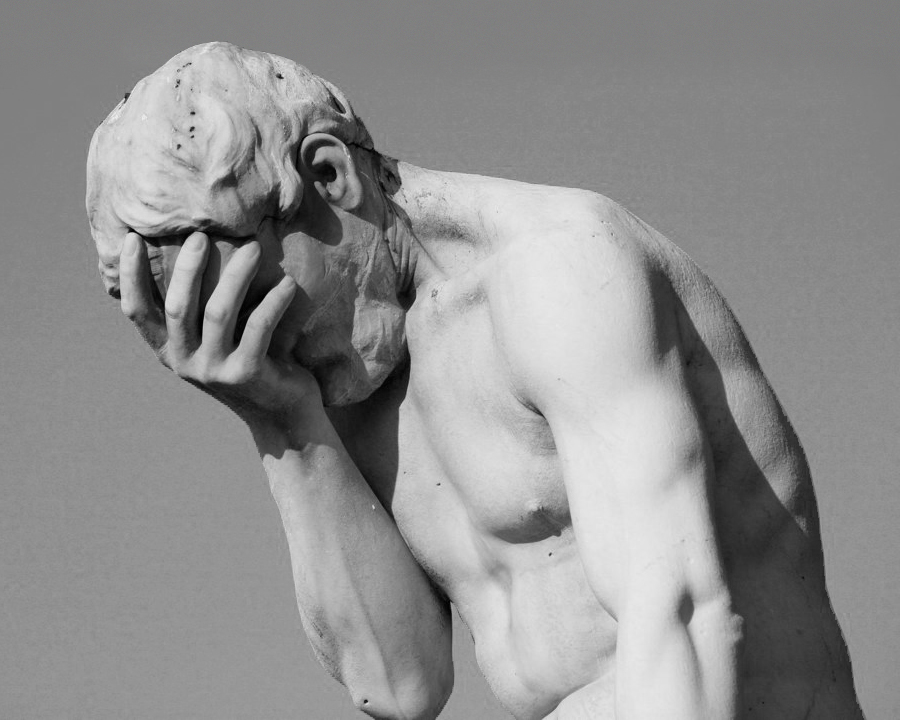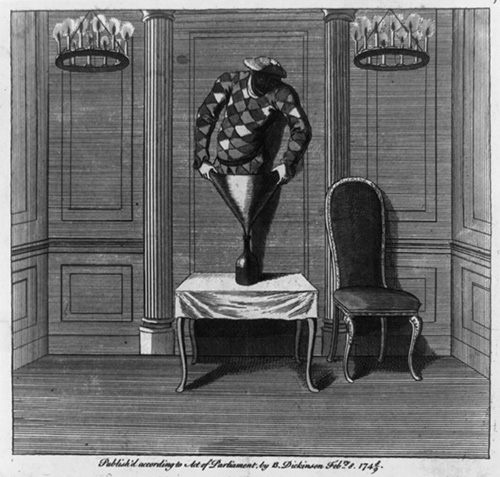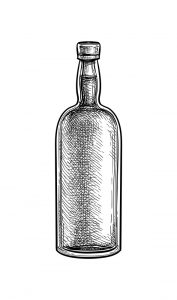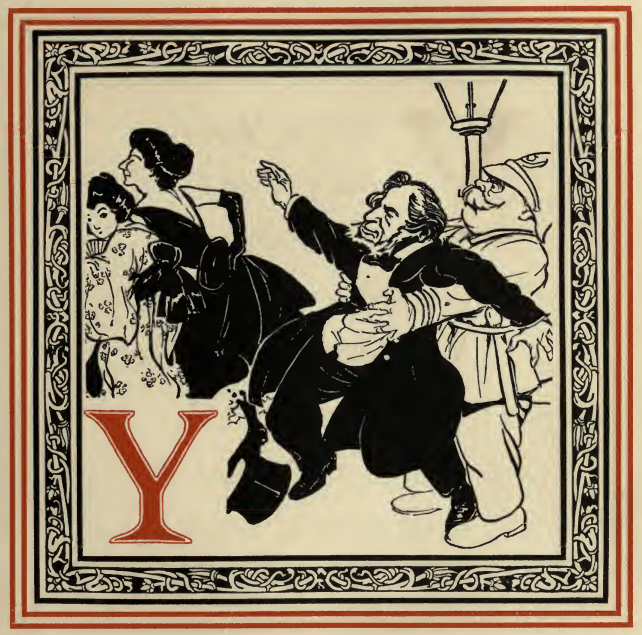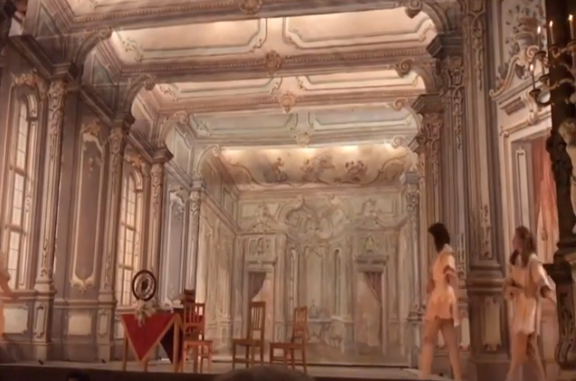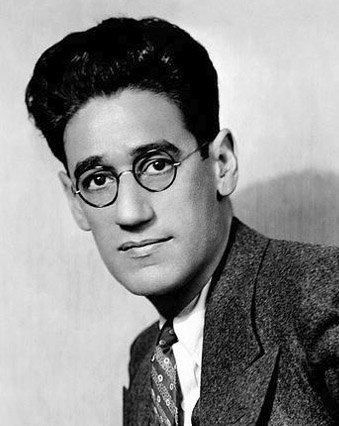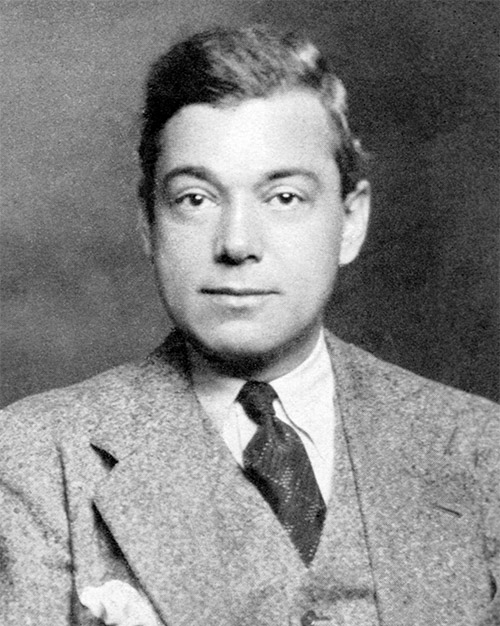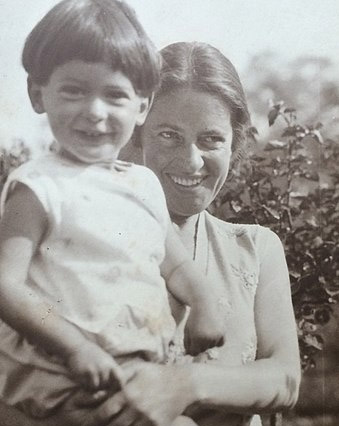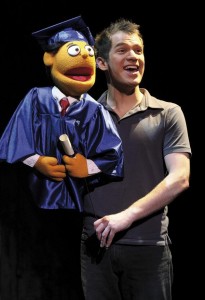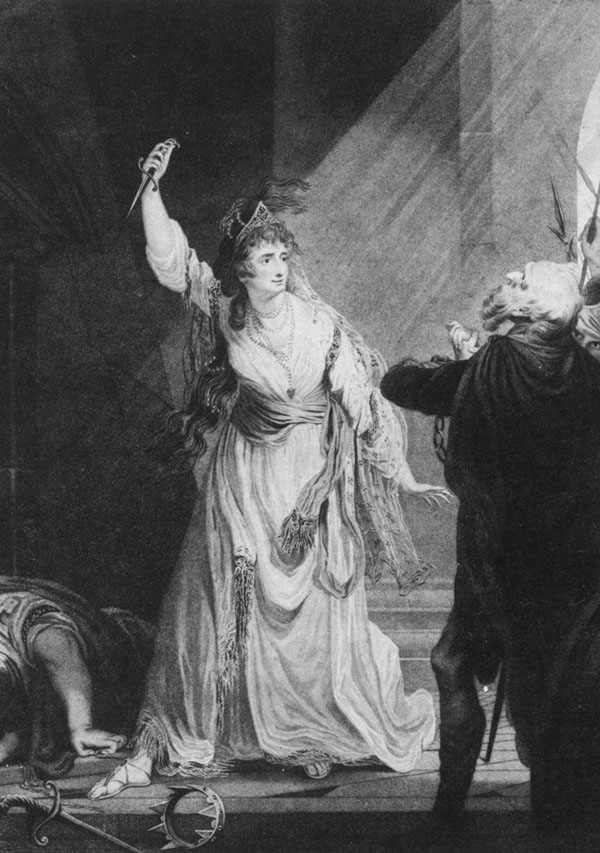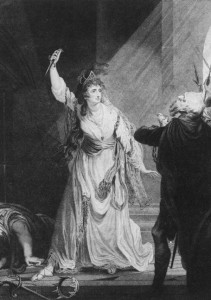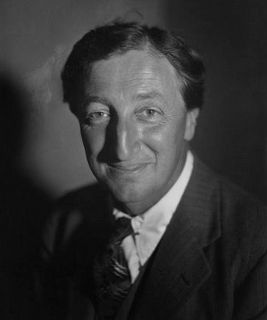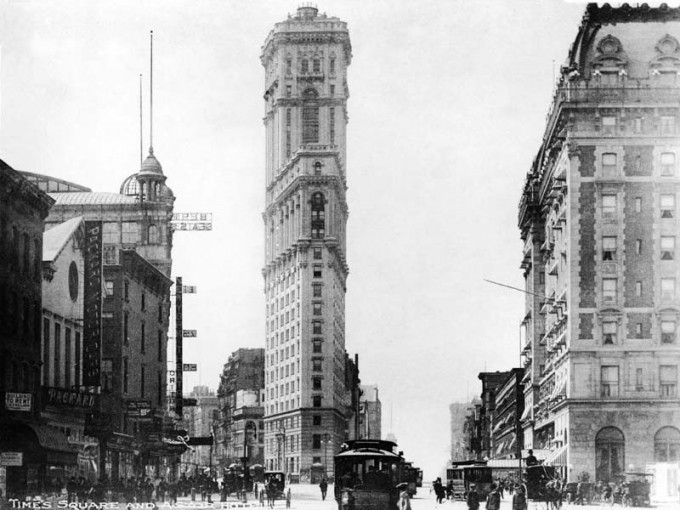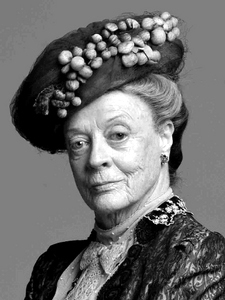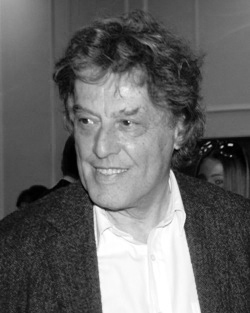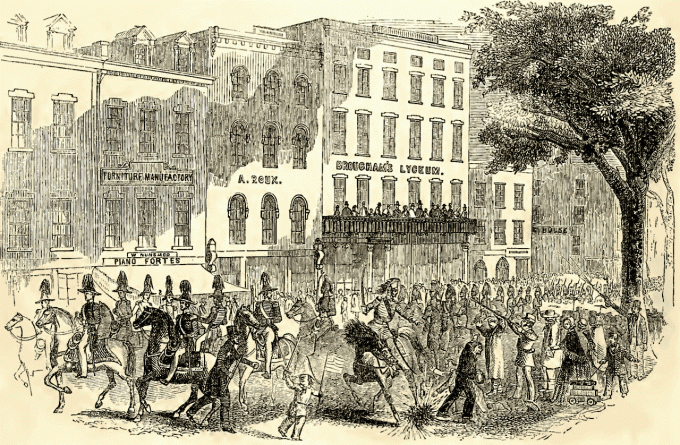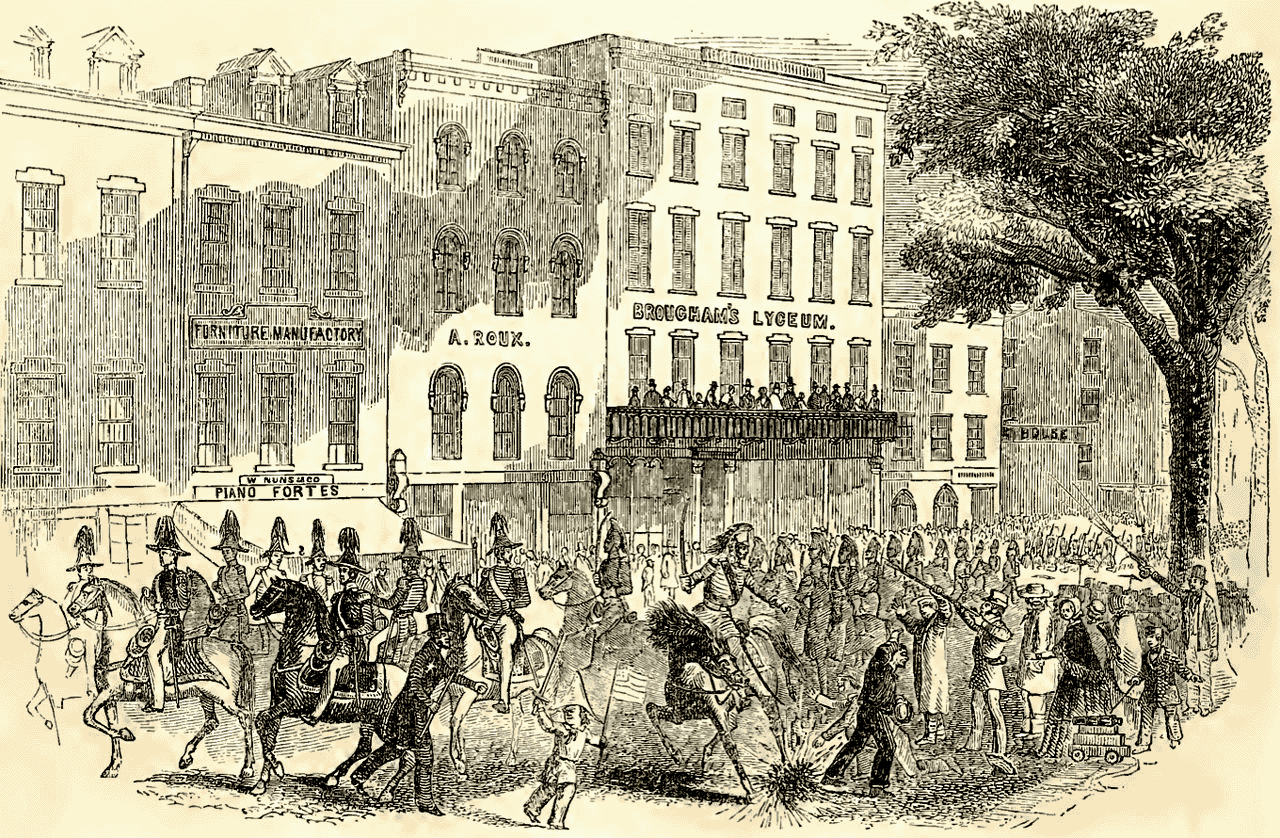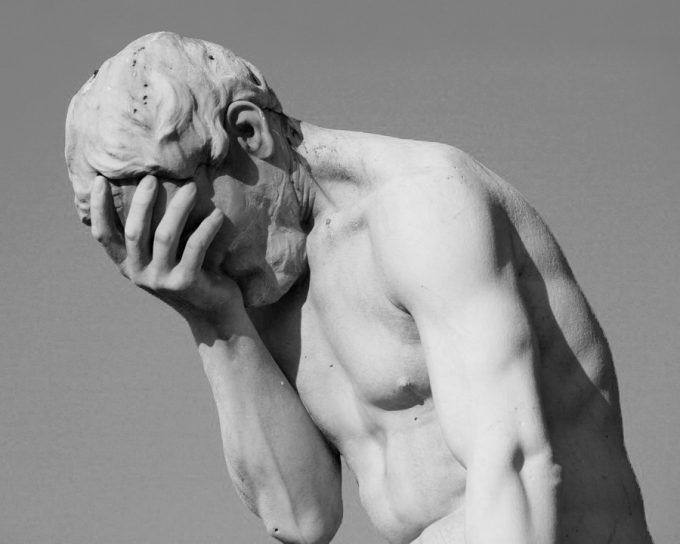
In the university where I teach theatre, we had a student who would not follow safety protocols. She ignored safety signs and almost every rule that was mandated in the performance space.
With a lot of nagging, we managed to get her to pay better attention and follow most of the rules by the end of her first year, but then right at the beginning of her second year, she walked right through some caution tape and fell through an open trap in the deck.
We almost banned her from the theatre, but then we realized that she was just going through a stage.


